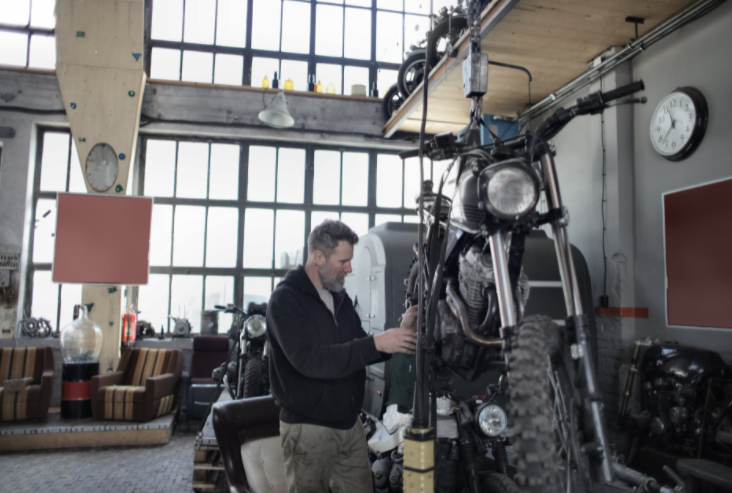
Companies in North America are investing in industrial robots in the first quarter of this year as they scrambled to keep up with the increasing demand in the wake of the COVID-19 pandemic.
Companies Getting Industrial Robots
In the first quarter of this year, the Association for Advancing Automation reported that companies ordered 9,098 robots. That is a 19.6% jump from the orders in 2020. The orders were valued at over $466 million in total.
Robots were once concentrated in the auto industry but are now branching out and moving into more corners of the economy, from eCommerce warehouses to food processing plants.
For the first time in 2020, most of the robots ordered by companies in North America were not destined for auto factories or their parts suppliers, according to Venture Beat.
The strongest growth in the last quarter of 2020 was to metal producers, where orders increased 86%. In addition, orders to pharmaceutical companies, biomedical companies, and life science companies increased to 72%, while consumer goods companies increased 32%.
The President of the Association for Advancing Automation, Jeff Burnstein, said that the strong economy helps and it gives companies the confidence to invest in more things, including automation.
Burnstein pointed out that the pandemic froze so many businesses, as operations were forced to shut down to protect human health. He said that it ultimately accelerated the adoption of automation because companies recognized that it would be a perfect time if they were going to do it.
Tyson Foods, the United States meat company, is looking to use more robots on its production lines. In 2019, the company opened a 26,000 square foot automation research center near Springdale, Arkansas.
Marty Linn, the center's director of engineering, said that it is still too soon for some of the really innovative and proprietary systems they are developing.
Automating jobs like deboning chickens is very difficult because the size and shape of each chicken can vary. Robots work best when they can handle uniform items.
Tyson has already started installing robots at its plants that sit at the end of production lines and automatically stack and wrap boxes on pallets, a process that involves standard shapes and the repetition of precise movements.
Robots and the COVID-19 Pandemic
According to NBC News, the manufacturing sector grew at its fastest level since the pandemic started, jumping by 50,000. But there are still half a million fewer employed manufacturing workers than there were a year ago.
The question now is how many jobs will come back and how digital processes have permanently replaced many.
Since the pandemic started, food manufacturers ramped up their automation, allowing facilities to maintain output while social distancing.
Factories digitized controls on their machines to be remotely operated by workers working from home or another location.
The new sensors were installed to flag or predict failures, thus allowing teams of inspectors operating on a schedule to be reduced to an as-needed maintenance crew.
Manufacturers are now clamoring for even more automated machines so that they can cope with the increasing demand for their products amid a global recovery and a skilled labor shortage.
This article is owned by Tech Times
Written by Sophie Webster
ⓒ 2025 TECHTIMES.com All rights reserved. Do not reproduce without permission.




